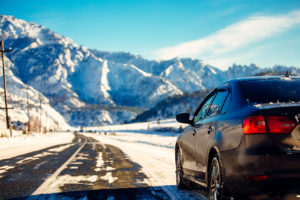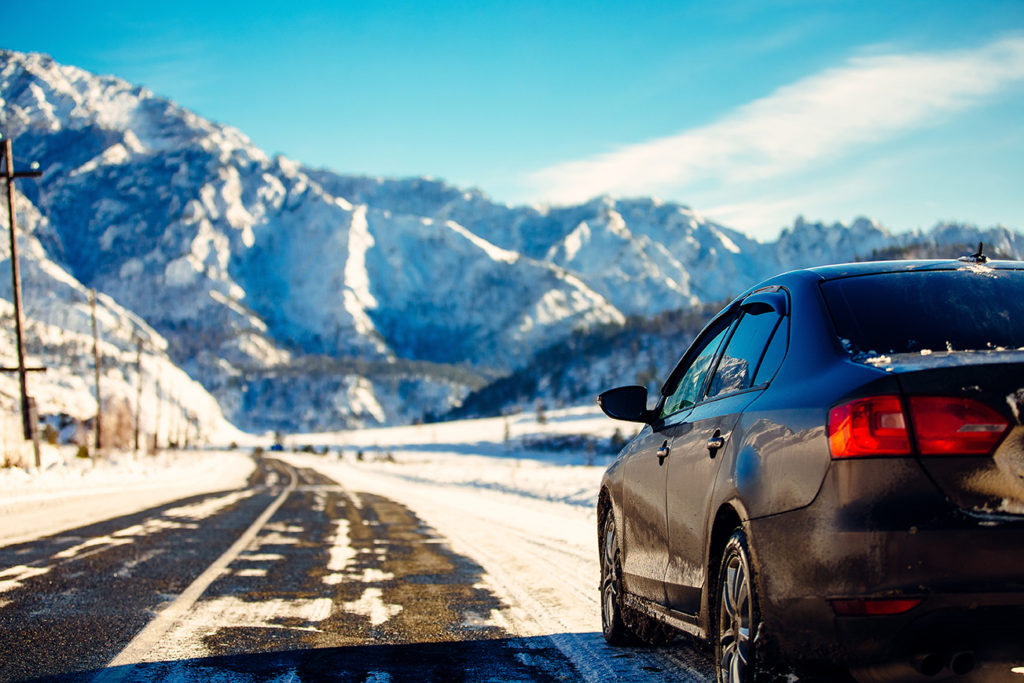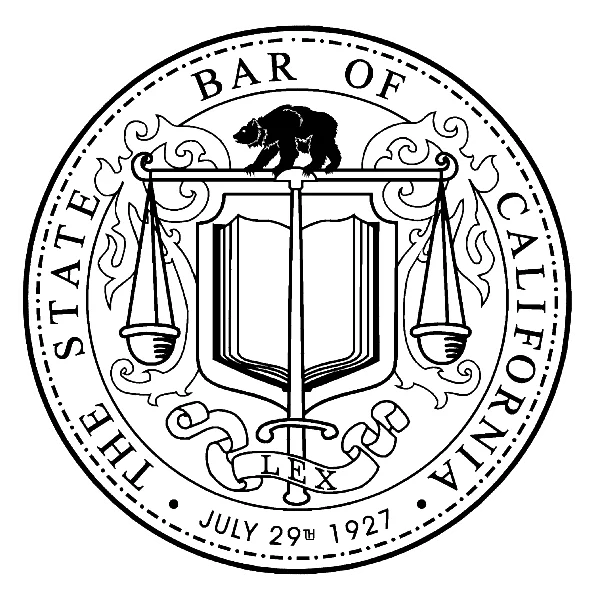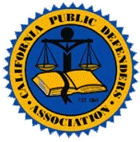 Driving on mountains and hills is dangerous, regardless of the time of year or type of weather. Even the most seasoned mountain drivers can encounter risky situations. Since NorCal is home to a number of mountainous and hilly regions, it helps to have a few handy tips in mind to help with navigating those winding, steep roads.
Driving on mountains and hills is dangerous, regardless of the time of year or type of weather. Even the most seasoned mountain drivers can encounter risky situations. Since NorCal is home to a number of mountainous and hilly regions, it helps to have a few handy tips in mind to help with navigating those winding, steep roads.
Driving in Normal Weather
When you encounter a steep incline, shift down to a lower gear. Keep an eye on your temperature gauge because your car will be working harder. If it starts overheating, turn off the air conditioning and, if you can stand it, turn on the heater. You can also stop beside the road to let your car cool off.
When you’re going back down the mountain, you should keep your speed similar to the speed you used to go up the hill. It can be tempting to sail down a decline, but keeping this rule of thumb will keep you from making life-threatening mistakes. Keep in mind as well, that on one-lane roads, the car going uphill always has the right-of-way. You’ll need enough time to slow down to let them pass.
If you need to go slower because you have a large rig or because you’re pulling a trailer and you see three or more cars behind you, pull aside at the first opportunity to allow them to pass. In some states, failure to do so can incur a traffic ticket.
If you can, take the opportunity to stop and take in the scenery. Mountaintop views are breathtaking.
Driving in Fog, Rain, or Snow
It’s always preferable to avoid driving on a mountain road when there are inclement weather conditions, but if you can’t avoid it, there are a few extra precautions you’ll need to take:
- If there’s a possibility of snow, take along chains, de-icer for your windshield and windows, an ice scraper, a snow brush, a flashlight, and a hand shovel. Only use chains on snow or ice—remove them if the road has been cleared so they don’t damage your tires or the road.
- Make sure you have plenty of gas. If there are delays, it’s best to keep your car running.
- Drive slower. This may seem obvious, but there are drivers that seem to think that normal speeds are acceptable in bad weather. Let heavy-footed drivers pass you.
- Use your low beams in fog. This is both for your benefit and the benefit of other drivers. High beams actually reduce visibility, due to the light being reflected back at you or clouding the other driver’s vision.
- If your car stalls, stay with it. A car is easier to see than a pedestrian. It’s also safer to stay inside the car.
With safe driving techniques, you can do your part to prevent NorCal accidents in mountainous or hilly regions.








